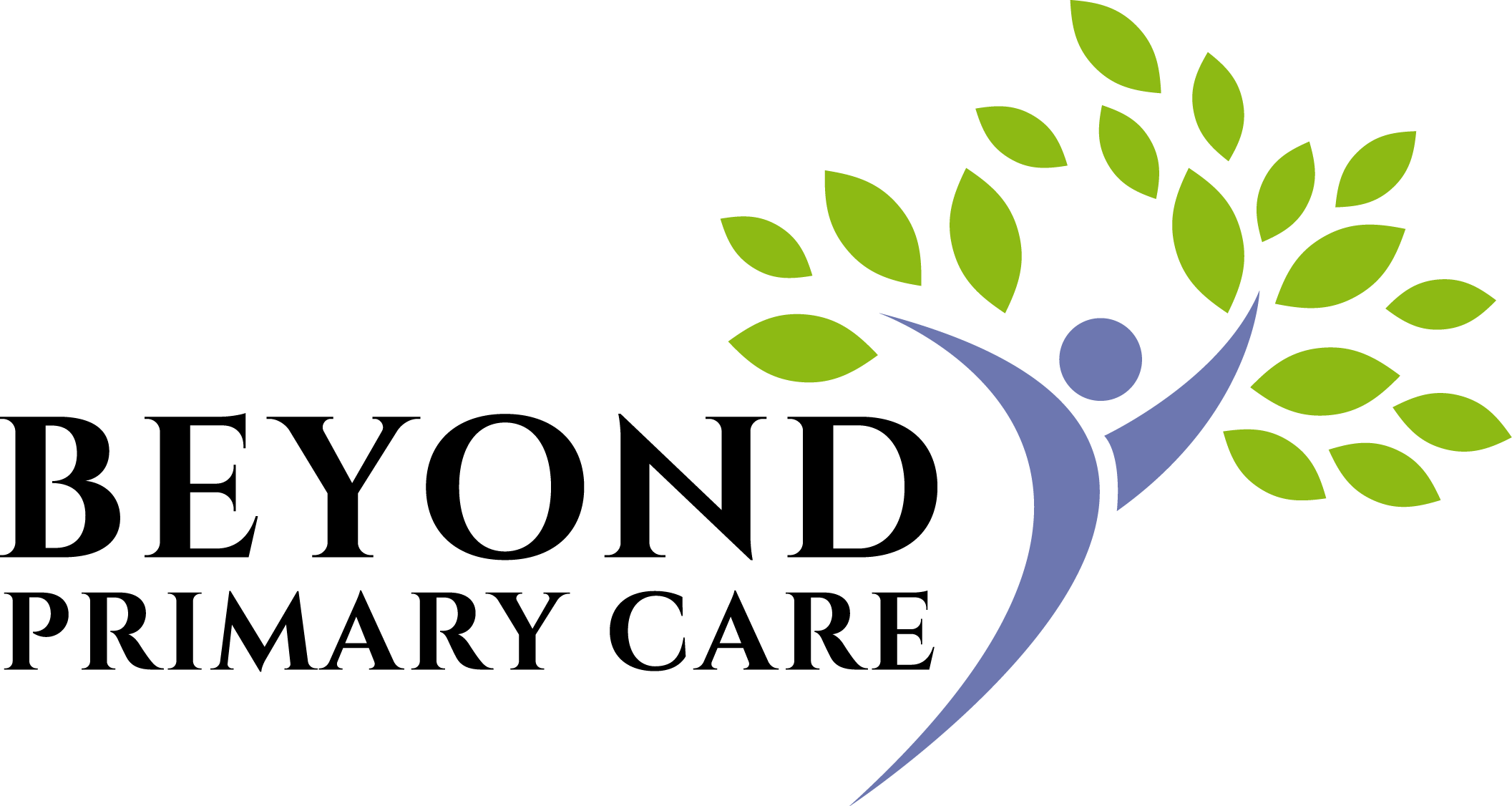A Better Plan- DPC with Health Insurance, Part 2
If you are in the process of open-enrollment, consider a better plan- Direct Primary Care (DPC) with Health Insurance. This post is the second of a two-part blog post where I detail how anyone, regardless of their coverage of insurance, would potentially stand to benefit from direct primary care services. Check my earlier blog postings for the first part (and other cool things too… like the recipe for a yummy Chicken Noodle Soup).
You read my first post and have looked at your own insurance or enrollment options, and say “I am paying a lot of money for health insurance.” Maybe you are left wondering how direct primary care can fit in or rather “What kind of health insurance should I purchase with DPC?” I went on a health insurance exchange to give everyone a better idea of what pairing insurance and a membership to Beyond Primary Care would be like.
Practical & AffordableThe following slide features a hypothetical family of four, that lives in Ann Arbor, MI. Let’s say the parents are in their 40s and they have two young children. Their household income is $65,600/year, which is the median. This family has a number of things happen in the course of their hypothetical 2017, listed in the left column. A somewhat busy year medically, but not catastrophic.The family purchases either a gold (high premium, low deductible) plan, a bronze (low premium, high deductible) plan, or a bronze plan paired with Beyond Primary Care ($130 a month for family membership). Then let's see what each of these occurrences "costs" out-of-pocket under each of the three scenarios, and then add up the total out-of-pocket expenses for 2019 in the last row.
Notice that in the last column, the family paid their bronze plan premium ($10,908 for the year) AND the monthly fee for Beyond Primary Care ($130/month, or $1,560 for the year). Despite the extra expense of Beyond Primary Care, they still came out way ahead compared to the gold and bronze plans. This is because Beyond Primary Care offers many types of out-of-pocket savings, including: no visit copays, no additional fee for stitches, and substantial discounts on labwork, medications, and radiology. These savings help to hedge against using that high deductible.
Tolerance & Values
At some point in your research of health insurance, it no longer becomes analytical but needs to revolve around a conversation about tolerances and values.
What is your risk tolerance? As example, if you pick plan ‘B,’ what monetary hit can your family afford to take if you get ‘run over by the bus?’ Health care in the US, is a service, and it is expensive. What do you value in your healthcare? As example, do you care about longitudinal care? This is where a doctor really knows you and your family. Do you value access to your doctor, or appointments that run on-time?
With Direct Primary Care, patients are paying the practice, so we are very conscious of trying to give a patient their money’s worth. If DPC can give them value (a concept that has become foreign to healthcare) and patients are happy with our care, they will continue to stay in the practice. It’s in DPC’s best interest to do this, so we do a number of things to save patients’ money:
- DPC offers very low-cost lab testing (using “client billing”), saving people 75 percent or more on labs.
- DPC clinics dispense medications in the office (legal in most states), also saving people 75 percent or more, and offering a huge convenience to the patient.
- DPC will find the lowest cost for procedures, X-rays, and specialist services. While many of these are covered by insurance, most people have higher deductibles. So the lower cash prices are very valuable to them (not to mention the value to the uninsured).
Health Insurance can be Expensive.Insurance is a hedge against financial disaster, not a prepaid healthcare. DPC is not meant to replace insurance, nor does the model in any way encourage patients to drop their insurance. People need a way to pay for the high-cost areas of care, such as surgery and hospitalizations. DPC doesn’t try to address paying those costs.
Direct Primary care does offer excellent and affordable healthcare that can compliment a person’s insurance. DPC focuses on decreasing their patient’s need for specialty care, ER visits, and hospitalizations by focusing on health and prevention. Doing so can (and does) reduce the need. With Direct Primary care we are delivering a higher level of care at a known price.
